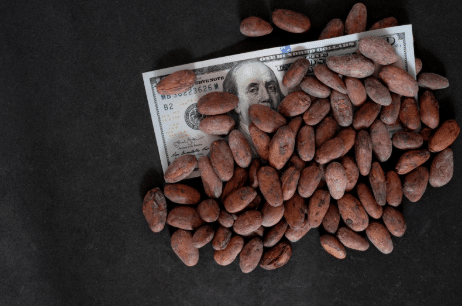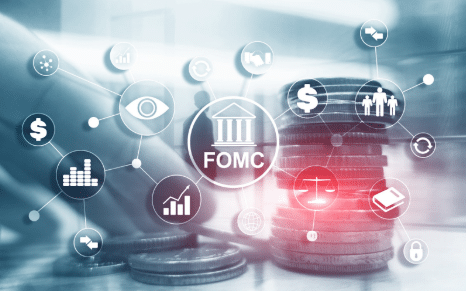Analysis Of Balance Sheets, Money Supply And Bubbles
EDITOR NOTE: What you’re about to read is one of “those” articles that manages to undercut the importance and value of its own data due to sloppy and overly-complex prose--making it, for most readers, perfectly illegible. Congrats to the author! To help you (the reader) along, it’s about the supply and demand for credit. Lot’s of supply available, but really, who’s buying? Hence the balance sheet recession. Low interest rates are assumed to vitalize the economy, encouraging borrowing and spending. It’s not happening in this case. If you want to slog through the details and muddy prose, you just might glean some insight, hopefully as clear as the author's thoughts minus his shamefully poor writing skills.
Credit growth was actually pretty stable throughout the pre-crisis period (which makes sense, eurodollar). Thus, playing around with any baseline comparison, using one up to, say, 2001, doesn’t really alter the view. Credit wasn’t so excessive between 2001 and 2007 when compared to 1982 through 2001.
You’d really have to squeeze credit growth all the way down under 8% historically in order to just get a situation approximating what a balance sheet recession might have looked like out to 2014.
While it might not seem like much, the difference between 9.1% compounded and 7.8% compounded doesn’t just remove the housing bubble in the US, it totally rewrites history to the tune of tens of trillions. In other words, placing the “true” underlying non-bubble baseline for the credit market down that much just to push deleveraging out as far as 2013 is wholly unrealistic. And even then, where’s the credit restart post-2014? Never happened.
But that’s not even the biggest problem with this idea. A balance sheet recession, deleveraging even to a substantial degree, just wouldn’t produce the kinds of repeated liquidity problems and global dollar shortages we have observed and continue to witness.
That’s because the balance sheet recession begins with the premise that the shortfall is in credit demand, not credit supply. QE and ZIRP, those would have fixed the banks so banks otherwise stand ready to satiate any level of demand (thanks to Bernanke). With low demand, there’s no growth thus balance sheet recession and bank managers are sad.
Deleveraging stops, demand comes back and so does the smile on every banker’s face.
Continued liquidity problems, on the contrary, point the finger at the banking system therefore supply of both money (whatever that is) and credit (often indistinguishable from the concept of money). Banks shrink and de-risk (see below) regardless of demand factors.
Tons of evidence for this.
And this is also where the interest rate fallacy comes back into play; low rates are the consequence of ineffective monetary “stimulus” which is then perfectly consistent with both repeated liquidity events (eurodollar squeezes) as well as these supply side credit factors.
Including time, which now stretches out well past a decade.
Originally posted on Talk Markets
The financial market is crumbling and EVERYONE will be affected. Only those who know what's going on and PREPARE will survive... dare we say thrive. Our 7 Simple Action Items to Protect Your Bank Account will give you the tools you need to make informed decisions to protect yourself and the ones you love.











